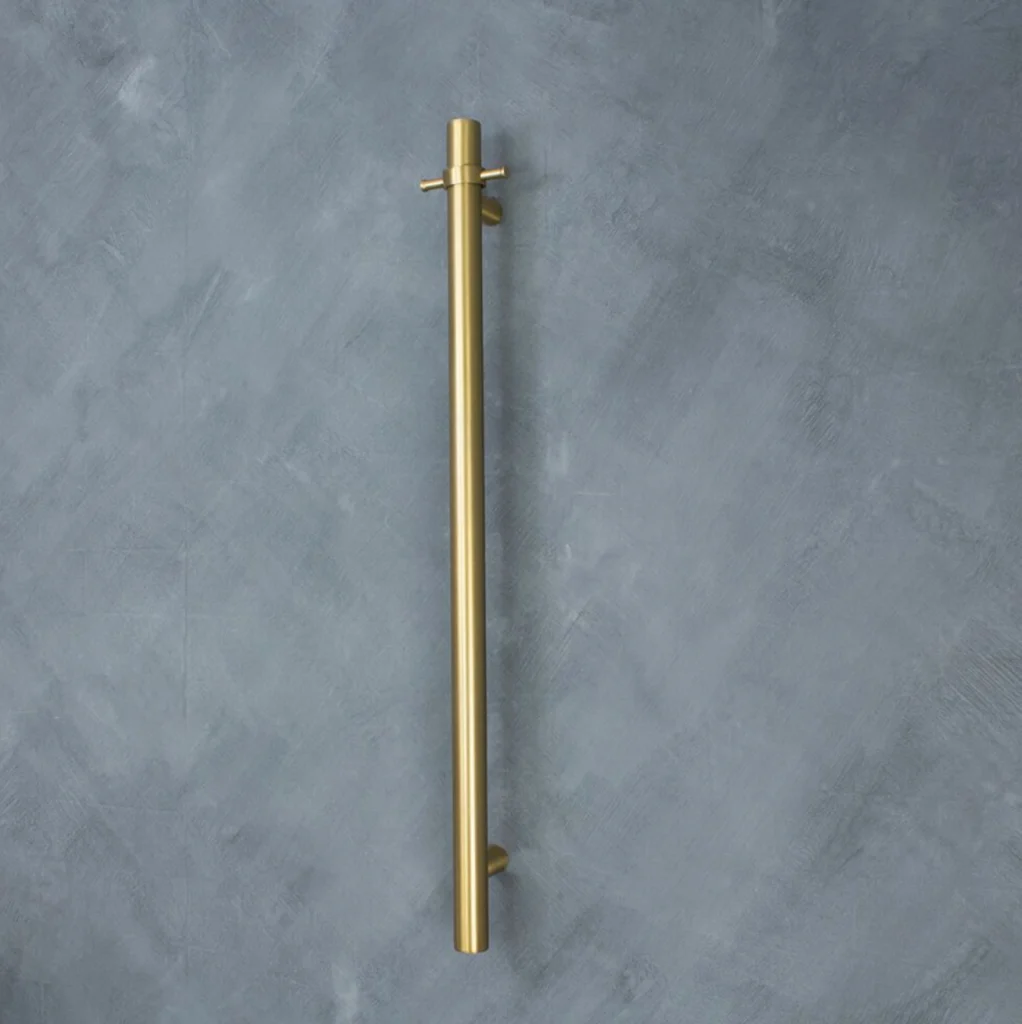In recent years, heated towel rails have become a popular addition to bathrooms across New Zealand. Offering both comfort and practicality, these devices warm towels and can also help to heat the bathroom space. However, with rising energy costs and a growing focus on sustainability, many homeowners ask: Energy Efficiency of heated towel rail nz: Are They Worth It? This article explores the energy consumption, cost-effectiveness, and environmental impact of heated towel rails in New Zealand’s unique climate and energy market.
What Are Heated Towel Rails?
Heated towel rails are wall-mounted racks designed to warm towels and sometimes the surrounding bathroom area. They come in various types, including electric models and hydronic (water-based) systems connected to central heating. In New Zealand, electric heated towel rails are the most common due to their ease of installation and use.
Energy Efficiency of Heated Towel Rails in NZ
When evaluating the energy efficiency of heated towel rails in NZ, it’s essential to consider how much electricity they consume and how that usage translates into cost and environmental impact. Modern heated towel rails are generally designed to be energy-efficient, using thermostats and timers to avoid unnecessary operation.
- Power Consumption: Most electric heated towel rails operate between 60W and 150W, which is relatively low compared to other household appliances.
- Usage Patterns: Typically, they are used for short periods (30 minutes to a few hours) to warm towels, which limits total energy consumption.
- Insulation and Climate: New Zealand’s temperate climate means that towel rails do not need to run continuously to be effective, further improving their energy efficiency.
Are Heated Towel Rails Worth It in New Zealand?
The question of whether heated towel rails are worth it often depends on individual preferences and priorities. Here are some factors to consider:
Cost vs Comfort
Heated towel rails add a level of comfort and luxury to bathrooms, especially during colder months. The running cost, when used sensibly, is relatively low—often amounting to just a few dollars per month on your electricity bill. For many New Zealand households, this is a reasonable price for the added comfort.
Environmental Impact
For those concerned with reducing their carbon footprint, choosing an energy-efficient model and using it wisely is crucial. Using timers or connecting the towel rail to a home automation system can minimize unnecessary energy use. Additionally, pairing towel rails with energy-efficient homes that have good insulation can further reduce overall energy consumption.
Alternative Heating Methods
In homes where central heating is already efficient, the added benefit of a heated towel rail might be minimal. However, in homes without central heating or with poorly insulated bathrooms, a heated towel rail can provide a targeted heating solution without needing to heat the entire space.
Conclusion: Energy Efficiency of Heated Towel Rails in NZ—Are They Worth It?
In conclusion, the energy efficiency of heated towel rails in NZ generally makes them a worthwhile investment for many households. Their low energy consumption combined with the comfort and practicality they offer make them an attractive option for bathroom heating. While they do add to electricity costs, careful use and selecting energy-efficient models ensure that they remain cost-effective and environmentally responsible. So, if you value warm towels and a cozy bathroom environment, heated towel rails are likely worth it in New Zealand’s climate.


